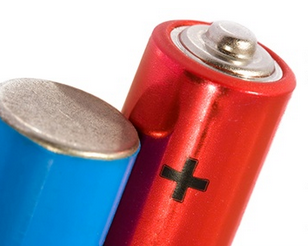Lithium batteries are the hottest topic in hazmat transportation today, and the Federal Aviation Administration is aggressively enforcing penalties against employers who incorrectly offer them for transport. To make matters worse, the shipping regulations are notoriously convoluted and confusing, and since their inception, have been continually changing. Keep reading to learn more about the regulations and how you can stay compliant.
Lithium metal batteries if damaged can cause spontaneous fires from lithium exposure to the moisture in the air. Lithium metal batteries often contain chemical electrolyte that creates toxic and/or corrosive vapor when exposed to air- these can be released if the battery is damaged. The temperature of a lithium metal fire exceeds the melting point of aluminium (the material of which most aircraft is composed).
Violators of the hazardous-materials regulations can be fined, and there are usually multiple violations in any one case. Air shipments attract the most scrutiny, go through a screening process, and account for the highest penalties for non-compliance.
If you have any questions, please feel free to contact us here at Triumvirate Environmental.
This blog was originally published in August 2016.
